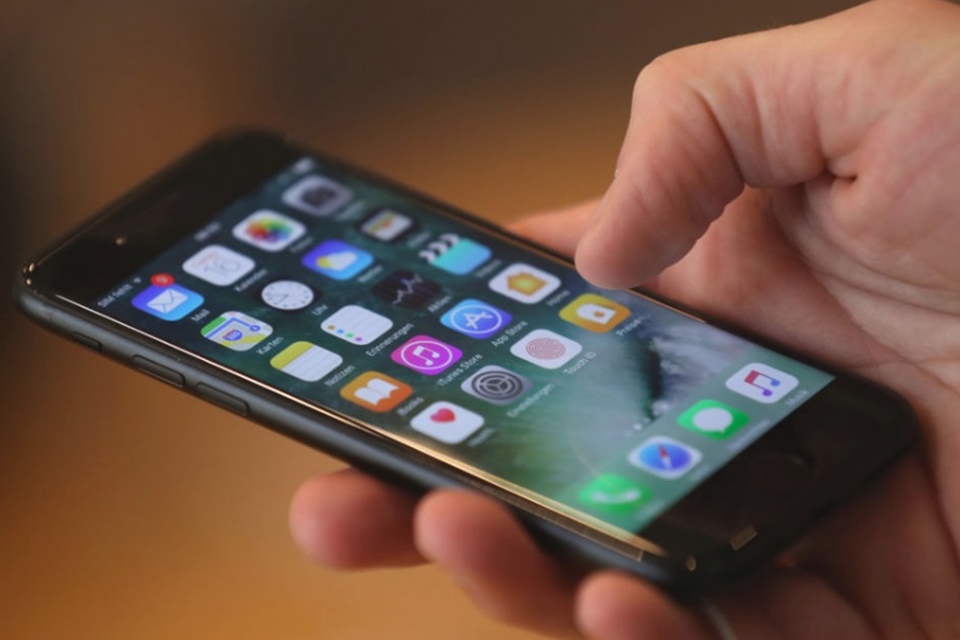Several users are reporting that the WhatsApp instant messaging application is dramatically draining the battery of their mobile devices.
The issue was reported by WABetaInfo, a Twitter profile that specializes in WhatsApp, and it seems that it all started after the update for version 2.19.112 was downloaded. Asking if more people are suffering from it, several other users responded to the tweet, confirming that their device’s batteries are also draining quickly.
This error persists even with the app running in the background, consuming over 40% of the battery in just one day. Unfortunately, not much users can do to solve this problem, and possibly uninstall the app until an update fixes everything. If you are not in this version, it is recommended not to upgrade.
Alternatively, you can force WhatsApp to shut down and revoke your permissions to send background data. However, this would prevent the user from receiving messages without opening the app.
For now, the problem remains unpredictable to be resolved officially.
Have you noticed a drop in your iPhone’s battery efficiency in recent days? The culprit may have a first and last name: WhatsApp Messenger.
The WABetaInfo account shared today that some messenger users on iPhone are suffering from abnormal battery charge rates from the app (including the post author himself). Several users then responded to the tweet by confirming the suspicion and posting the abnormal WhatsApp usage rates on their devices.
On iOS, the issue seems to be linked to the latest version of messenger, 2.19.112. But users of other platforms are also reporting issues: Samsung and Xiaomi smartphone owners, for example, also said they were noticing unusual battery use by the app. In some cases, this usage reaches 40% of the device’s power capacity even if WhatsApp is running in the background.
Our editor-in-chief, Rafael Fischmann, said he was suffering from the problem: WhatsApp consumed 18% of the iPhone’s battery in his case, an abnormal charge for its use – and much of it was done in the background.

